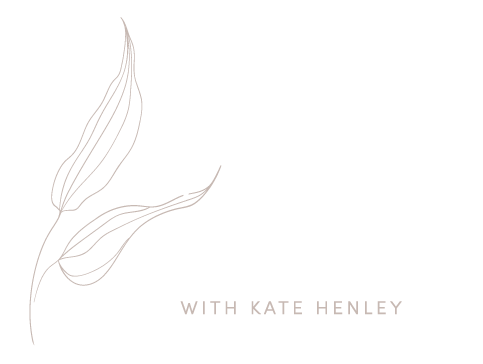
What is acupuncture?
what is acupuncture and how does it work?
Traditional styles of acupuncture use an understanding of health and illness that has been developed for over 2,000 years, making it a very ancient practice and healthcare model.
The foundations of the medicine are based around the concept of the ‘Yin / Yang’ theory which postulates that the body needs to be in balance for the energy to flow well and to give good health. The second underpinning concept is the ‘5 Element’ theory which bases health on the natural world and the evolving cyclical nature of the seasons. It is believed that what happens in nature, happens in the body, hence living according to seasonal rhythms promote good health.
The theoretical knowledge guides a diagnosis and then the selection of acupuncture points. Training as a traditional acupuncturist combines the art of refining this diagnosis and then the skill of the practice, which is a science and an art and developing these skills is the work of a lifetime.
In the traditional theory, ‘Qi’ or energy is a term that is used to describe body processes and functions. Acupuncture regulates the flow of Qi in the body by inserting fine needles into specific points on ‘meridian’ pathways on the skin. Other techniques can be used such as moxibustion (a herb that is heated and used to warm certain points on the body) and cupping (where cups are used to relieve muscle tension, improve blood flow and promote cell repair).
“The foundations of Acupuncture are based around the concept of the ‘Yin / Yang’ theory which postulates that the body needs to be in balance for the energy to flow well and to give good health. The second underpinning concept is the ‘5 Element’ theory which bases health on the natural world and the evolving cyclical nature of the seasons. It is believed that what happens in nature, happens in the body, hence living according to seasonal rhythms promote good health.”
Acupuncture is used worldwide as a treatment on its own or in combination with other forms of medicine. In East Asia it is part of mainstream healthcare. It can be used on everyone, from young to old, to pregnant women and elite athletes. It can be used very safely alongside conventional medicine.
Many people first seek acupuncture to help with painful conditions such as osteoarthritis, shoulder or knee pain or lower back pain. Other people choose to have acupuncture when their body systems are out of balance, even if they are not sure what is happening. Some people have acupuncture because they find it relaxing.
Evidence of acupuncture’s effectiveness is growing steadily. A large systematic review conducted showed that acupuncture is not a placebo and is effective for chronic pain, back pain, neck pain, osteoarthritis, headaches and shoulder pain. It has been included in the NICE guidelines for the management of chronic pain and is available in some places on the NHS.
In recent years more private health care companies are now paying for acupuncture for their members and it has become quite commonplace for this to happen. This needs to be checked that you are covered for treatment with a British Acupuncture Council member.
is acupuncture good for?
what happens during an acupuncture session?
Acupuncture treats the person and not just the symptoms. It is a very holistic experience and there is no separation between the mind and the body and so the treatment works on all aspects of the individual.
When you come to the Clinic you will be asked to explain the reasons that you are seeking treatment and will also describe your medical history in detail. Everything is relevant when drawing a picture of the body’s health.
The tongue and the pulse are also used as diagnostic tools and will be observed during the session. As everyone is individual, every diagnosis and treatment will be different and your plan will depend on many factors such as your age, general health and physical fitness and energy levels.
When a combination of points have been decided upon you will lie on the couch and the needles will be inserted. The needles come in single use sterile disposable packs and are so fine that most people don’t even feel them. Some feel a mild tingle but the overall sensation is a sense of deep relaxation. Generally speaking around 6-12 needles are used and retained for around 20 minutes at which point you relax while the needles do their work on the body.
To start most need weekly sessions. It is common to have 4-6 treatments and then a review, by which time most symptoms have settled and both parties can decide what plan to adopt next. Definitive surveys in both the UK and Germany conclude that with properly trained acupuncturists the risk of serious adverse side effects is extremely low. After treatment most people feel very calm and sometimes a little spaced out. This is perfectly normal and a result of the nervous system coming down.
British Acupuncture Council acupuncturists are trained to recognise potentially serious underlying health conditions and will refer you to your GP if appropriate. Acupuncturists also refer on to other healthcare practitioners when they deem this to be appropriate.



